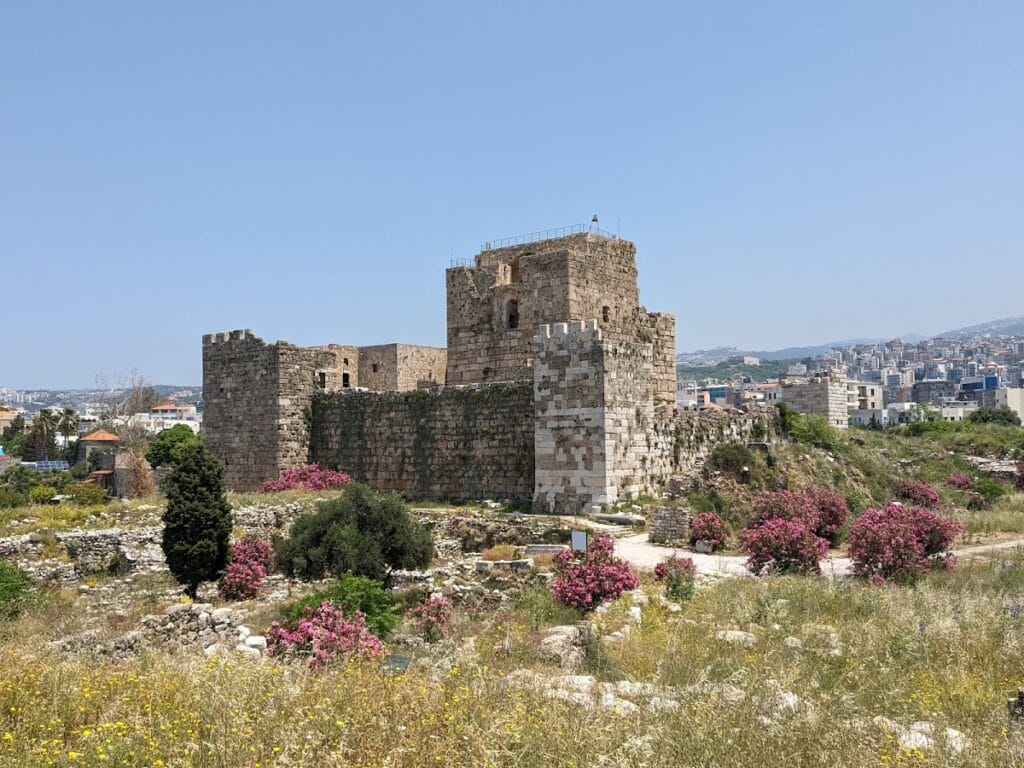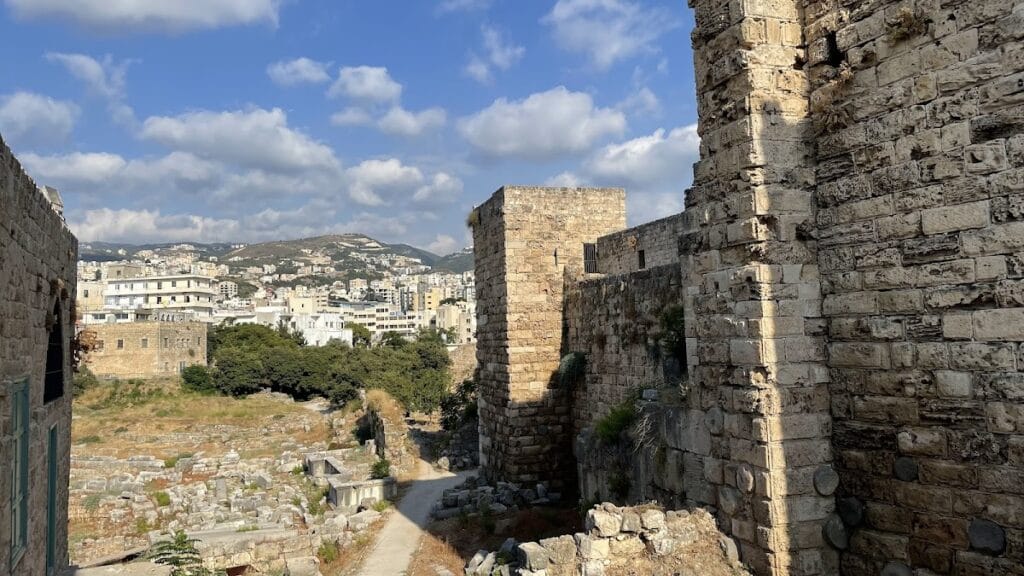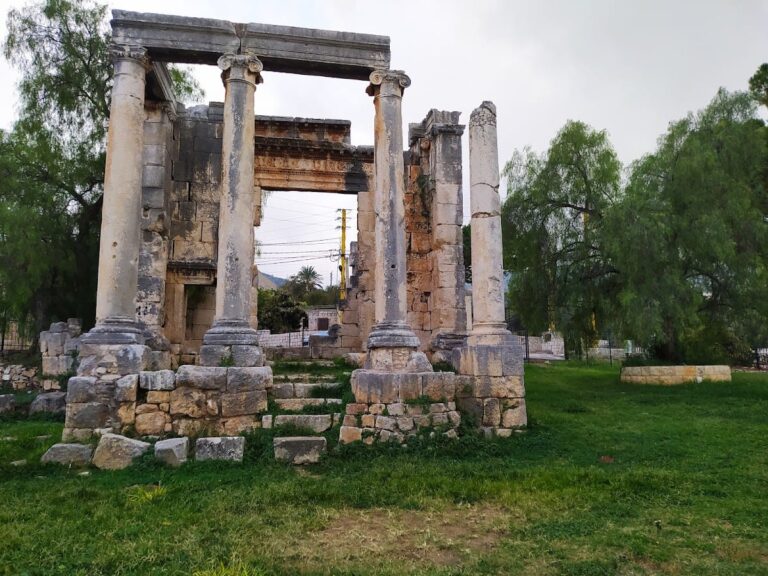Byblos Castle: A Crusader Fortress in Lebanon
Visitor Information
Google Rating: 4.7
Popularity: Medium
Google Maps: View on Google Maps
Country: Lebanon
Civilization: Crusader, Medieval Islamic, Ottoman
Remains: Military
History
Byblos Castle is located in the municipality of Byblos, Lebanon. The fortress was originally constructed by Crusaders in 1103 following the capture of the city by Raymond of Toulouse, who was supported by a Genoese fleet commanded by William I Embriaco. During the Crusader era, the castle was known as Gibelet, serving as the main stronghold and administrative center for the lordship of Gibelet, a fiefdom within the larger County of Tripoli. The Genoese Embriaco family held hereditary control over this lordship and its lands for much of the 12th and 13th centuries.
The castle’s history includes several phases of conflict and reconstruction. In 1188, the famed Muslim leader Saladin seized the city of Byblos and damaged the castle’s walls, but Crusader forces succeeded in retaking and restoring the fortress by 1197. A Latin bishopric was established in Gibelet in 1138, with the castle serving as the bishop’s seat alongside its military role. The mid-13th century saw internal disputes when Henry I Embriaco rebelled against the Count of Tripoli, declaring the lordship’s independence with backing from Genoa. In 1282, Bohemond IV of Tripoli captured the castle, executing members of the Embriaco family; however, their heir, Peter I, reclaimed the lordship after Bohemond’s death in 1287.
The political landscape shifted again in 1289 as the Mamluks conquered nearby cities. Peter I submitted to the Mamluk Sultan Qalawun and agreed to pay tribute, retaining control of the lordship until the Embriaco family relinquished it around 1302. The castle later faced an attack by a fleet from Famagusta in 1369. Ottoman rule began in the region in 1516 and lasted until the British took control during World War I. Archaeological efforts in the 20th century have uncovered layers of history including Egyptian, Phoenician, and Bronze Age remains near the castle, reflecting the long-standing occupation of the site.
Remains
Byblos Castle displays a rectangular layout characteristic of medieval fortifications, combining features from both a castrum—a Roman-style fortified camp—and a turris, meaning a tower fortress. The central structure is a large keep, or donjon, that measures approximately 17.6 by 21.3 meters. This main tower includes two vaulted floors; the lower level functioned as living quarters and was designed for defense, accessible only via a ladder. The vaulted ceilings and thick limestone walls provide notable structural strength.
Constructed primarily from local limestone, the castle also integrates stones and columns repurposed from ancient ruins nearby, including remnants of Roman and Phoenician temples such as those dedicated to Baalat Gebal and the temple of obelisks. Surrounding the keep is a rectangular curtain wall enclosing a courtyard. This outer wall is strengthened at each corner by rectangular defensive towers, some dating to the Crusader period when improvements and new constructions were made to bolster defenses. A water-filled moat encircles the castle, adding an extra layer of defense against attackers.
The castle’s outer walls, particularly near the main entrance, feature narrow openings called arrow slits. These allowed defenders to shoot arrows while remaining protected. The preservation of these elements offers insight into the military architecture of the Crusader period. Today, the castle is maintained as a historical site, housing the Byblos city museum where archaeological finds are displayed. These exhibits illustrate the long history of human settlement and fortification at this location, spanning from prehistoric times through the medieval era. Some artifacts recovered from the site are also exhibited in Lebanon’s National Museum in Beirut.







